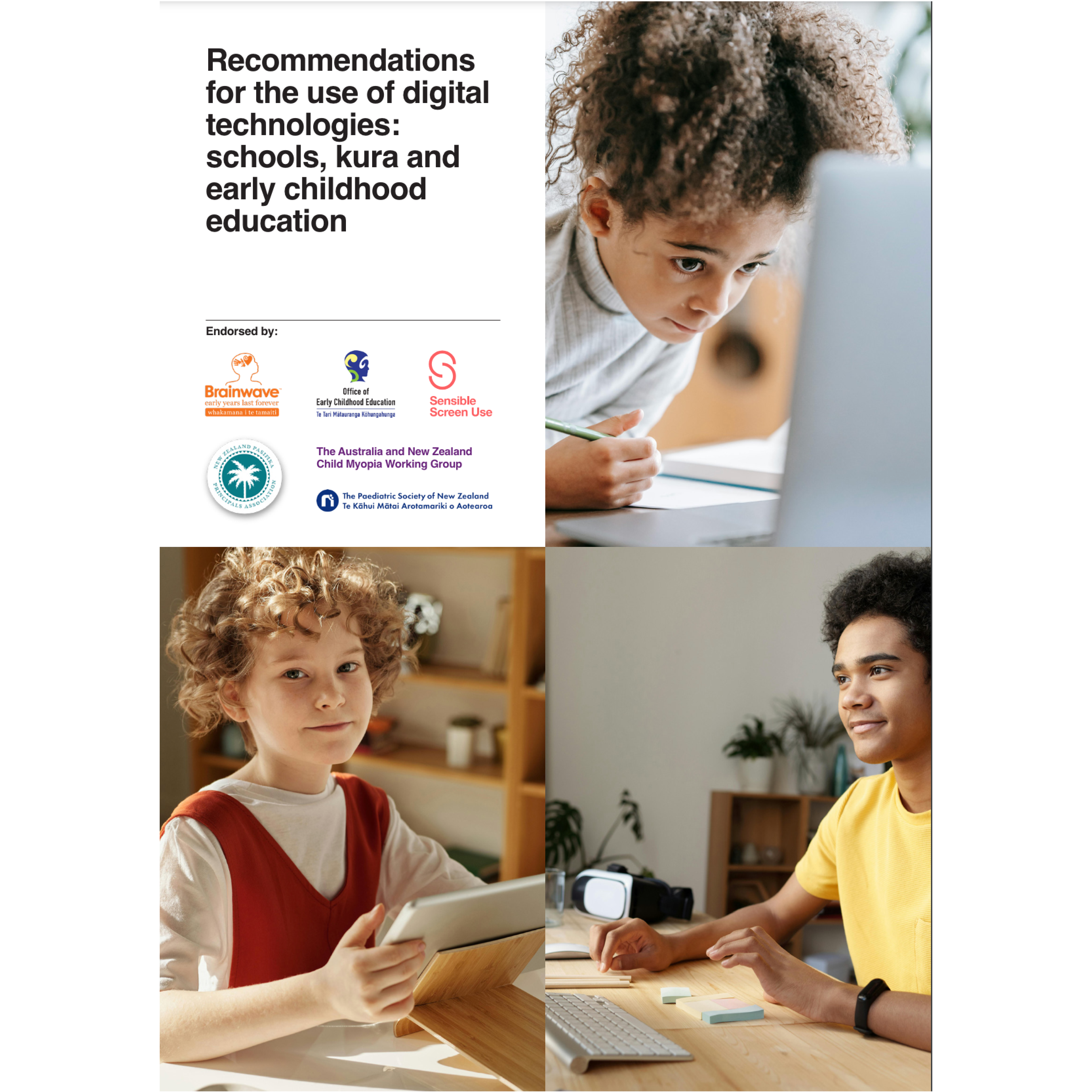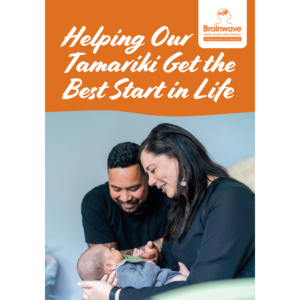Paediatric Society of New Zealand has reviewed and endorsed this document as a guide to ensuring the well-being of our tamariki and rangatahi in their educational environments. These guidelines provide practical and comprehensive recommendations to maximise the educational benefits of digital technologies while minimising potential health risks. The document is the result of extensive research and consultation with experts in education, health, and digital safety.
This document was developed from a research study co-authored by:
Julie Cullen BHSc (Physiotherapy), PGDip HSc
Paediatric Physiotherapist, Auckland University of Technology, Auckland, New Zealand
Alex Muntz MSc, PhD
Research Fellow, Department of Ophthalmology, New Zealand National Eye Centre, University of Auckland, Auckland, New Zealand
Professor, Head of Institute of Optometry, University of Applied Sciences and Arts Northwestern Switzerland, Olten, Switzerland
Samantha Marsh MPH, PhD
Senior Research Fellow, School of Population Health, University of Auckland, Auckland, New Zealand
Lorna Simmonds BSR, DipEd
Massey University, Auckland, New ZealandJan Mayes MSc (Audiology)
Independent Author, Vancouver, British Columbia, Canada
Keryn O’Neill BA, MA (Psychology), PGCert (Ed Psych)
Senior Researcher, Brainwave Trust Aotearoa, Auckland, New Zealand
Scott Duncan MSc, PhD
Professor, Behavioural Nutrition and Physical Activity Department, School of Sport and Recreation, Auckland University of Technology, Auckland, New Zealand


